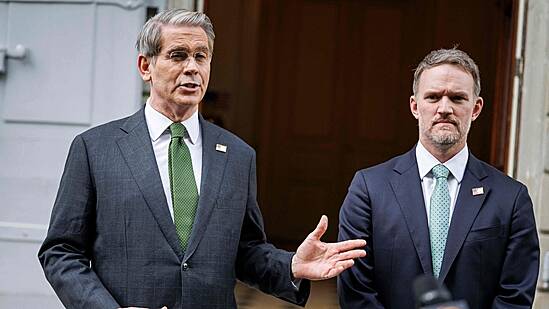The United States and China have reached an agreement to significantly reduce import tariffs for a 90-day period, marking a major step toward easing trade tensions between the world’s two largest economies.
Following talks in Switzerland, US Treasury Secretary Scott Bessent announced that both nations would lower reciprocal tariffs by 115% for the duration of the agreement.
The deal comes after years of escalating tariffs, initially imposed by US President Donald Trump, which had disrupted global trade and financial markets.
Under the new agreement:
– US tariffs on Chinese imports will be cut from 145% to 30%.
– Chinese tariffs on US imports will be reduced from 125% to 10%.
– The tariff pause begins on May 14.
Despite the reductions, the US measures still include provisions aimed at pressuring Beijing to curb illegal fentanyl trade, a key concern for Washington.
The tariff war had led to a sharp decline in trade, with US ports reporting fewer shipments from China.
In response, Chinese factory output slowed, and reports emerged of layoffs in export-driven industries.
The agreement has boosted global stock markets, with Hong Kong’s Hang Seng Index rising 3% and China’s Shanghai Composite Index closing 0.8% higher before the deal was announced.
European stocks also gained, and early indicators suggest US markets will open 2-3% higher.
Speaking on the deal, Bessent emphasized that neither side wanted a complete economic decoupling.
China’s Commerce Ministry hailed the agreement as an important step toward resolving differences and deepening cooperation.




















